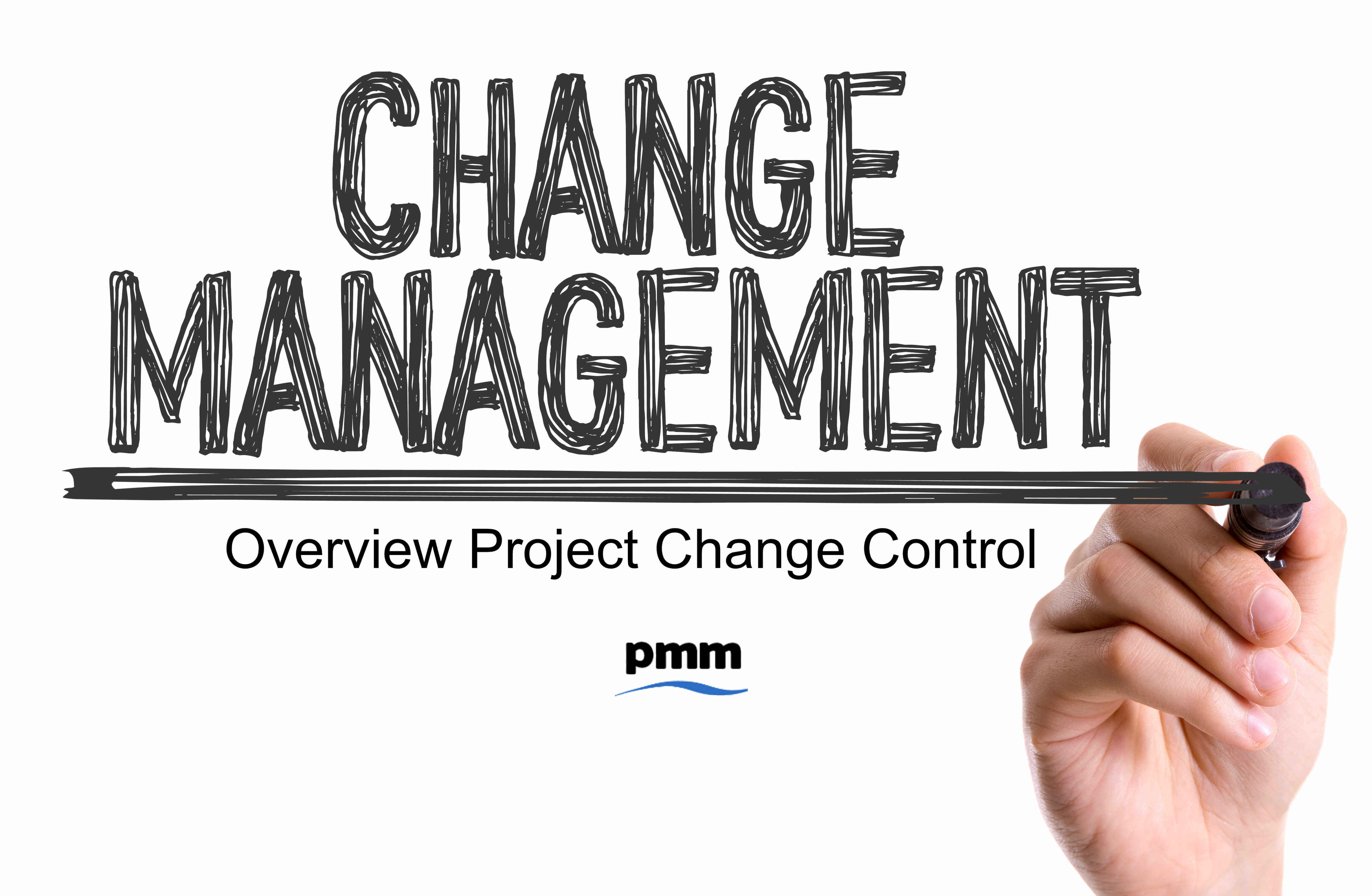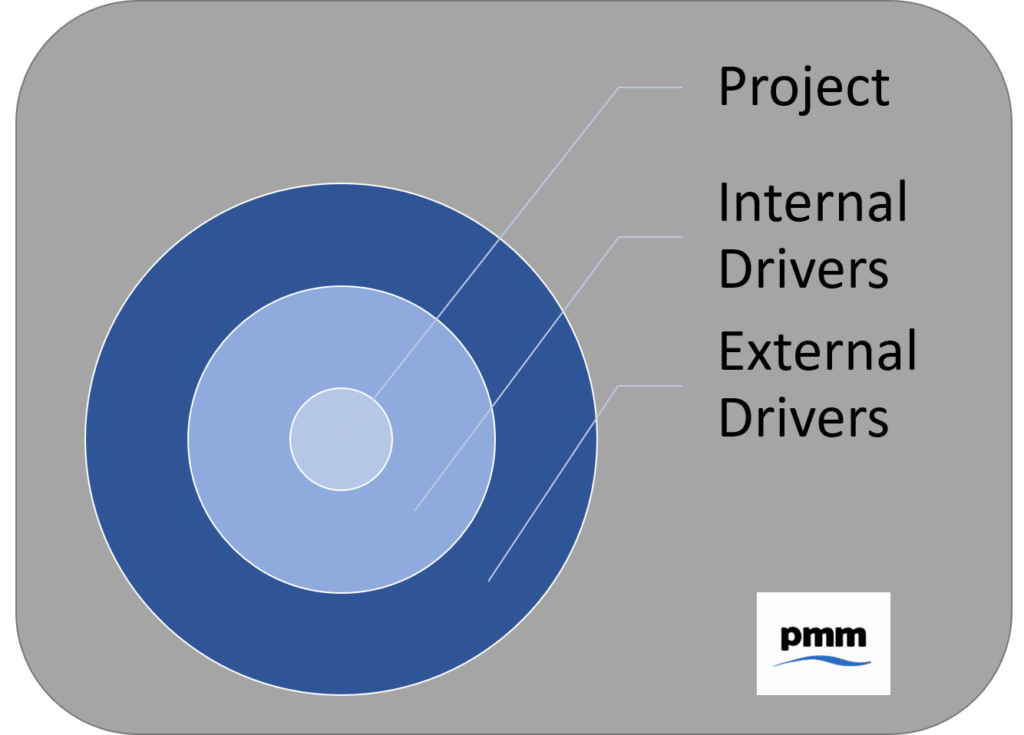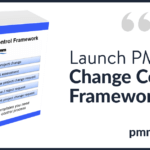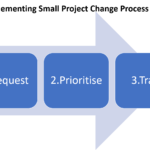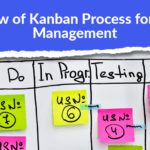It is normal for a project to change at least once, or indeed many times over the duration of the project.
This is logical as the project is subject to a number of internal and external factors, many of which are not under the direct control or influence of the project manager.
Internal Examples
- Project estimates of time incorrect
- Tasks not identified
- Costs higher / lower than estimated
- Approach not appropriate requiring change
The principle drivers for internal change is normally down to the estimates of the scope, time or cost not being correct. The objective of the project has not been impacted by external drivers i.e. the sponsor changing scope.
External Examples
- Vendor / supplier changes costs mid project
- Organisation changes strategic goals
- Government introduces policies i.e. increased minimum safety requirements
- Exchange rates change due to economic issues
The principle drivers for external change are influences of external factors on the project, which the project cannot influence or control.
What is true about internal and external drivers is that they can all require a change to the project.
Change Control Overview
The change control process is the method by which the project manages change in the scope, time or cost.
This helps ensure that when a potential change is identified, the impact is correctly assessed so that an informed decision can be made on accepting or rejecting the change. If accepted the change can then be incorporated into the project.
Why it is Important
A project is the mechanism to deliver an agreed outcome within agreed parameters in respect of time, effort and budget.
If change is accepted into a project without agreement from the stakeholders of the impact, this will potentially mean that the delivery of the outcome takes much longer and / or costs more.
If this increase in time and cost is not agreed with the sponsor, they will quite rightly be unhappy.
The change control process ensures that any change is only accepted with the full understanding and agreement of all stakeholders. It can be seen as protecting the project from dissatisfied stakeholders.
Change Control Process Steps
There are 5 core steps in a change control process:
- Identify change
- Impact assessment
- Review change request
- Approve / reject change
- Implement change
Identify Change
This is the method of how a potential change to the project is identified. This can come from within the project team, the sponsor or other internal / external stakeholders.
Information concerning the change, including driver(s), will normally be captured in a change request template.
Impact Assessment
This is where the project team takes the change request and then identifies the impact on the project of incorporating the change. For example, consider how the change can be completed, the resources that will be required, the effort and indication of cost.
Review Change Request
When the impact assessment has been added to the change request template, the change request can then be reviewed by all stakeholders (not just the project team). The purpose is to ensure common understanding, allow for any questions to be answered and ensure it is accurate.
Approve / Reject Change
When the change request template is complete and has been reviewed, it can be formally presented for approval at the appropriate governance forum.
Based on the information, a decision can be made if to accept, reject or defer the change. It is also possible that further questions will be raised requiring further work on the impact assessment.
Implement Change
If the change is approved, then the project plan, financials, scope, etc should be updated to reflect the change in the project. This will result in a new baseline used to measure project performance.
PMO Role in Change Control
The PMO plays an important role across the entire change control process:
- Defining process
- Providing templates / tools
- Executing the change control cycle
- Providing independent review
- Facilitating forums i.e. change board meeting
- Keeping a record of requests
- Ensuring communication flow between stakeholders
- Ensuring plans are updated to reflect change
Summary
Change control is an important process to manage the scope of a project. It helps ensure that change is accepted in a structured and transparent manner.
Change Control Resources
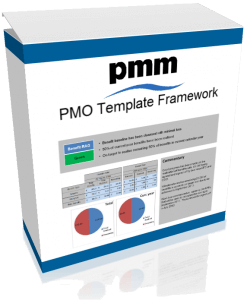 If you are looking for resources to help define and set-up and change control process, you may be interested in the PMO Template Framework that contains a module on implementing the change control process. This includes guides, templates and video training.
If you are looking for resources to help define and set-up and change control process, you may be interested in the PMO Template Framework that contains a module on implementing the change control process. This includes guides, templates and video training.
